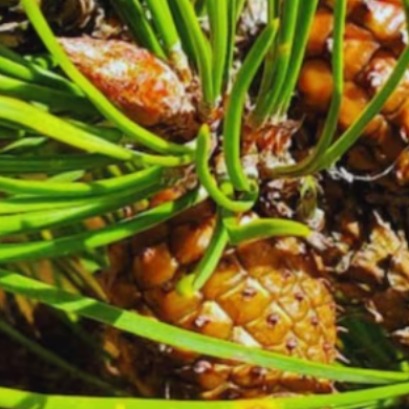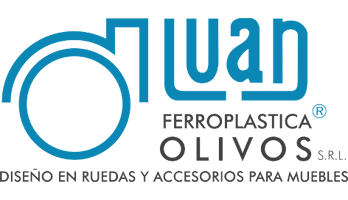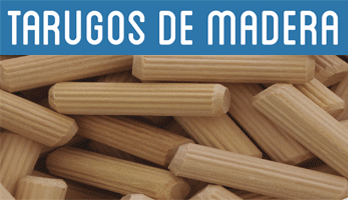
Hands Up, a DIY handle protector to open doors without using your hands
A Valencian architecture team designs a handle protector for DIY doors that prevents contagion
If this new pandemic situation is showing us anything, it is that adversity makes us work more united and stronger than ever. We seek to contribute, to the best of our abilities, to improve the situation or, at least, to try not to make it worse. The coronavirus has brought not only contagions, but also a cascade of laudable ideas and initiatives that seek the common benefit; in the face of adversity, we sharpen our wits. The “eureka” came to the Valencian architecture team Mano de Santoles after checking the difficulties and prancing in some shops to open doors without making the hands come into direct contact with the handles.
In Mano de Santo they started to look for a shortcut to solve this problem. This is how the proposal for protectors that were incorporated into the door handles came about, so that to open them we stop using our hands and use our forearms or elbows. Your name; Hands Up. It is an accordion-shaped design that, with cardboard and scissors, anyone can reproduce from home. For this they have shared the project in open source form, where they present the design template, accompanied by videos and sketches. These protectors that we can now make out of cardboard can also be made of other materials when the production system is normalized.
The objective, they say, is to ensure that this idea can reach as many people as possible, regardless of the country they are. “It is an object specially thought for the de-escalation process that we are beginning, thought to take care of ourselves and take care of others. A small gesture, a small contribution that, on the other hand, can help improve the situation. We believe that actions like this are going to play a fundamental role at this time. The door handles, especially in hospitals and health centers, but also in any workplace, hotel, portal or shop, are elements that support a high traffic of people, with the consequent contact of many hands throughout the day. If we continue to use them as before, they can become potentially dangerous sources of contagion and, consequently, favor an increase in the number of cases ”. One more example of how design seeks to improve everyone's day to day.
With this idea, this Valencian architecture team does not seek to obtain any financial benefit. "We don't want to gain anything with our design. In this context, we felt handcuffed, and we wanted to be useful by creating something that would reach as many people as possible and that could have a positive impact. Furthermore, we knew of the need to design something that anyone could reproduce with the resources that we have at hand at the moment, ”they say from Mano de Santo.

IT MAY INTEREST YOU
 Color the streets pink and white in spring: which is the most beautiful tree in the world and why, according to AI
Color the streets pink and white in spring: which is the most beautiful tree in the world and why, according to AI
Its delicate branches, the soft tones of its petals and the harmonious shape of the tree make it an almost poetic image.
 The DNA of forests: they discover what makes a tree resist drought
The DNA of forests: they discover what makes a tree resist drought
An international team, with the participation of INTA and Conicet, discovered that genetics can be decisive for trees to better resist droughts
 INTA Delta begins propagation of seven Creole willow clones for ecological restoration in Paraná
INTA Delta begins propagation of seven Creole willow clones for ecological restoration in Paraná
As a result of the rescue, domestication and registration work carried out by Teresa Cerrillo, a leading researcher in Salix Genetic Improvement, within the framework of the National Genetic and Forest Resources Programs of INTA, the multiplication and propagation of seven clones of Creole willow (Salix humboldtiana) began recently registered in the National Seed Institute (INASE) by INTA Delta del Paraná.





















